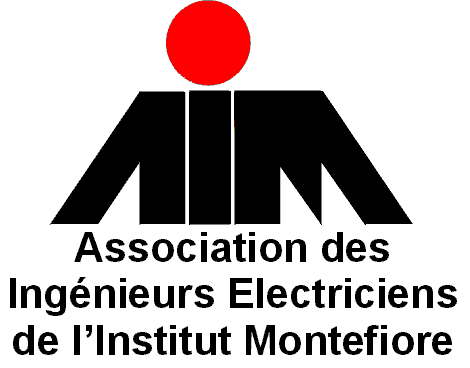
| 
|
Internet Next Generation : IPv6 and RSVP April 16, 1997 - Liège | 
|
|---|---|---|---|
|
Prof. Jean-Yves Le Boudec EPFL-INR-Ecublens |

| 
|
Internet Next Generation : IPv6 and RSVP April 16, 1997 - Liège | 
|
|---|---|---|---|
|
Prof. Jean-Yves Le Boudec EPFL-INR-Ecublens |
 Introduction
Introduction
 Table of Contents
Table of Contents
Prof. Jean-Yves Le Boudec
EPFL-INR-Ecublens
1015 Lausanne
phone +41 21 693 6631
fax +41 693 6610
leboudec@di.epfl.ch
http://lrcwww.epfl.ch
|
Editor: -G. Leduc- Webmaster: -S. Calomme- |
CSS |
RUN |
Montefiore |
ULg © 1998-1999 Last Modified: Thu March 11 1999 |